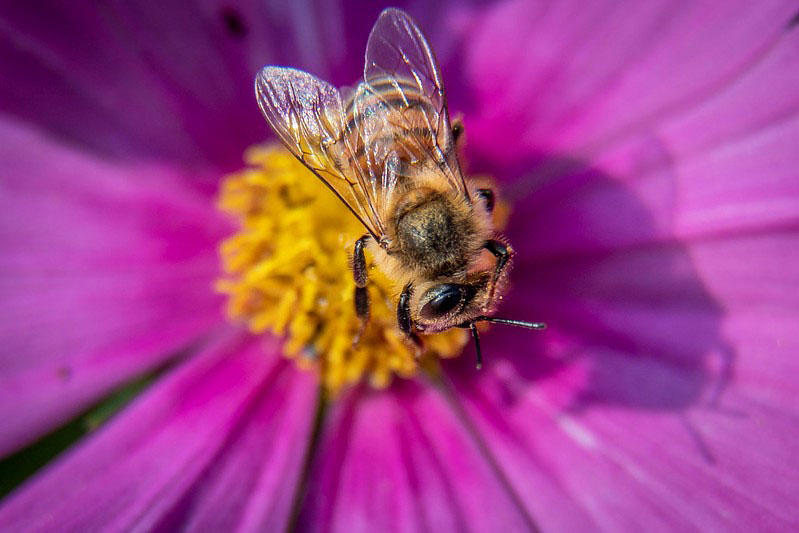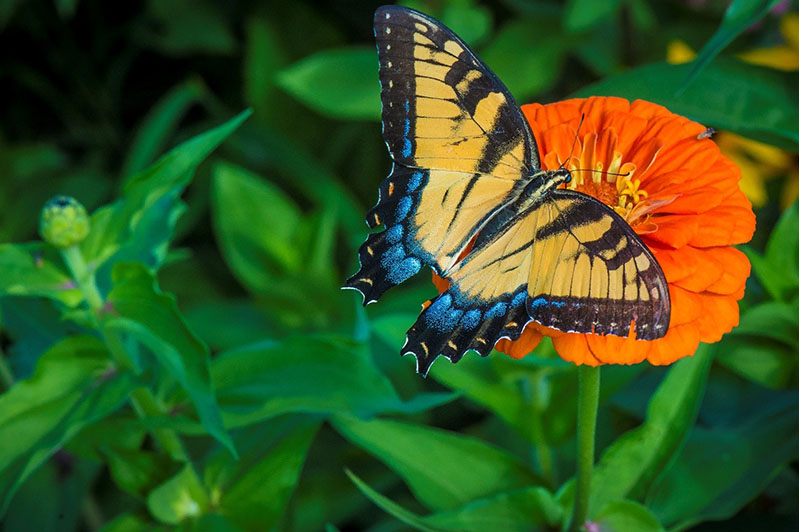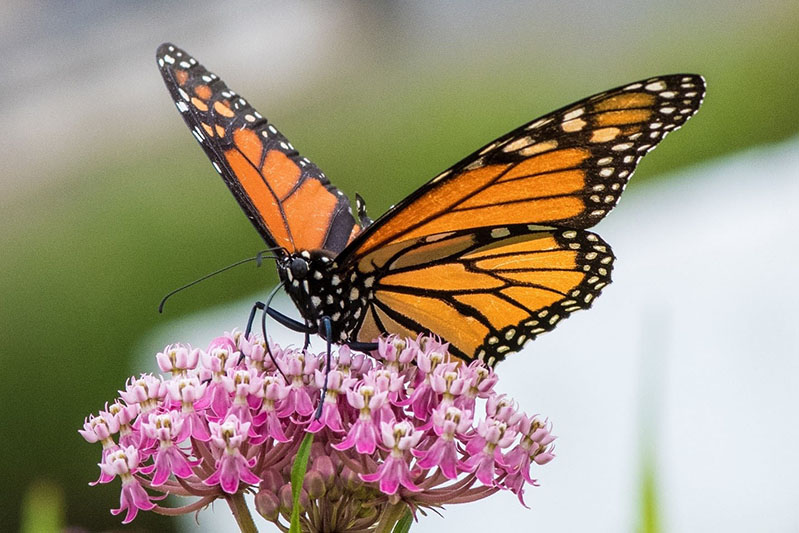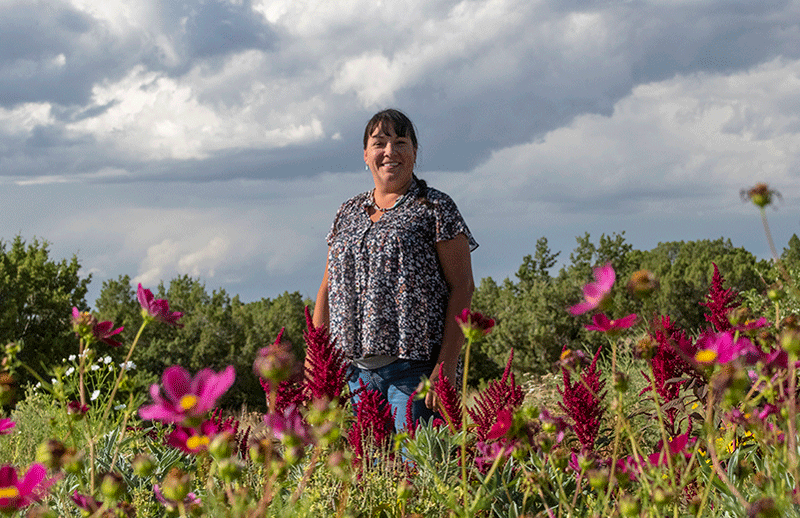In honor of National Pollinator Week (June 22 – 28, 2020), we’re celebrating the animals that help produce our food and fiber. Read on to learn more about how pollinators benefit America’s working forests, farms, and ranches.

How seeds are made
Step outside this June and you’ll instantly see and smell the bounty of spring. Hummingbirds zig-zag through the warm air to sip nectar from fresh flowers, while bees and butterflies hover over budding farm crops. Even beetles, ants, and bats get in on the action, dining on a cornucopia of protein-rich pollen.
In return for a delicious meal, these animals help the plants reproduce by moving pollen between the male (anther) and female (stigma) parts of a flower. This act of pollination is the first step in generating seeds, which create new plants.

Pollinators add value for people and wildlife
More than 80 percent of the world’s flowering plants need a pollinator to reproduce; and we need pollinators too, since most of our food comes from flowering plants. One out of every three bites of our food, including fruits, vegetables, chocolate, coffee, nuts, and spices, is created with the help of pollinators.
Pollinators are also a key part of the food web. Insects, like moths, feed more than 80 percent of birds in the U.S., as well as reptiles, amphibians, and mammals. Plus, pollinators contribute to healthy soils and clean water by fostering robust plant communities.
All told, pollinators' ecological service is valued at $200 billion each year. This includes their important role in generating more profitable yields on America's working agricultural lands.

The plight of pollinators
More than 4,000 bee species buzz around the United States. Honey bees alone pollinate 80 percent of all flowering plants, including more than 130 types of fruits and vegetables.
Unfortunately, bee populations have dropped alarmingly across North America, as have the populations of many other pollinator species.
Take the monarch as an example―the number of these iconic orange and black butterflies, renowned for their extraordinary annual migrations, has plummeted from one billion to only 34 million in the past 25 years.
The loss of pollinators is likely due to dwindling habitat, diseases, parasites, and environmental contaminants.

Producers can help pollinators recover
Luckily, private landowners are stepping up to protect pollinators, mainly through sustainable agricultural practices that go hand-in-hand with healthy habitat for wildlife.
For instance, a recent study from Montana State University found that rangelands enrolled in rest-rotation grazing through the NRCS Sage Grouse Initiative produced better habitat for native pollinators than pastures with no livestock grazing.
Through the 2018 Farm Bill, USDA offers dozens of conservation activities that benefit both pollinators and producers by generating healthy, high-value plants and habitats.


